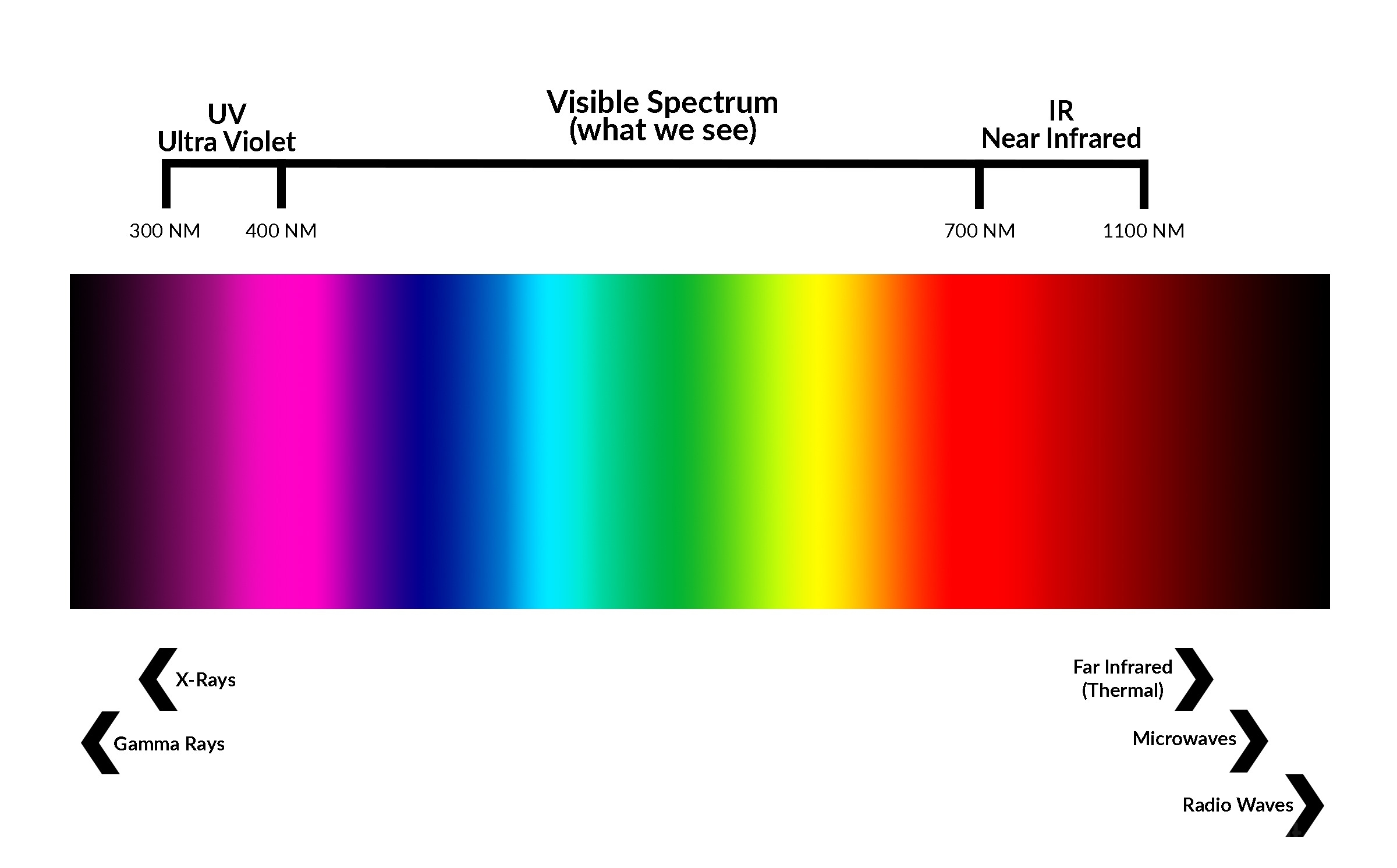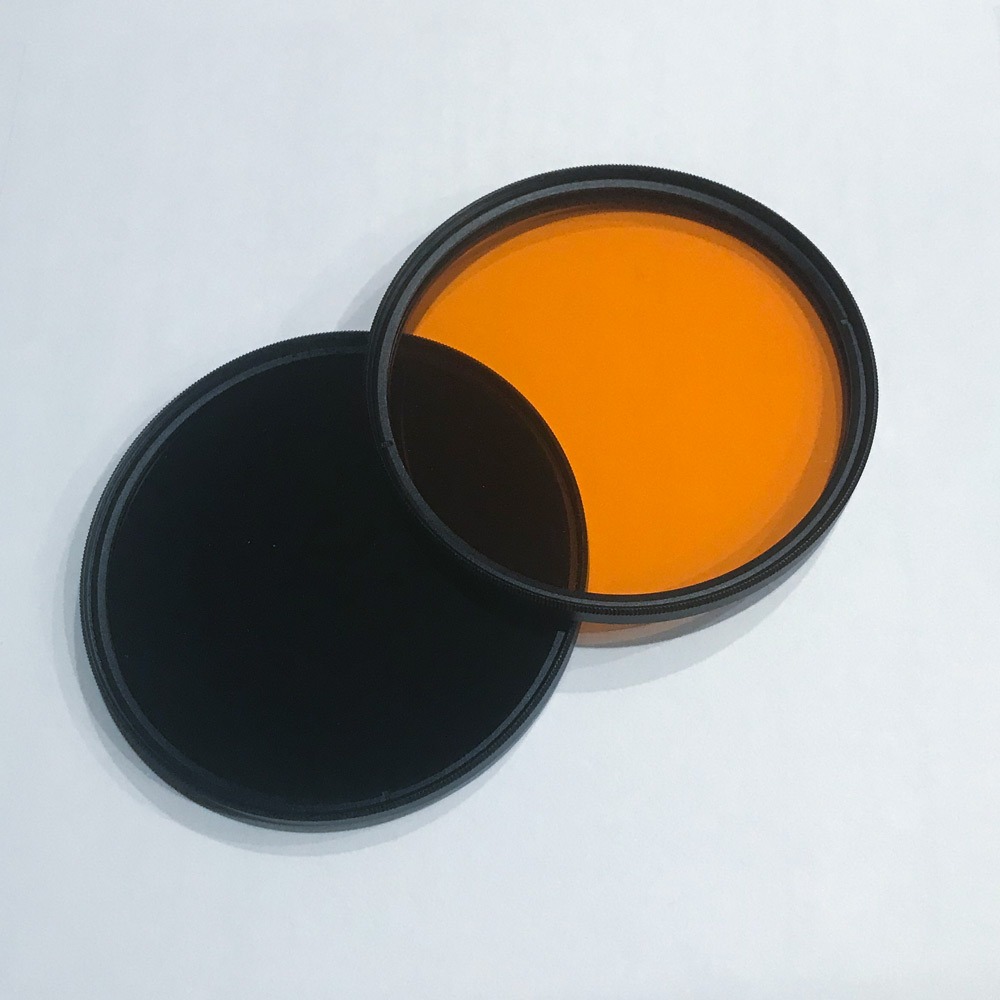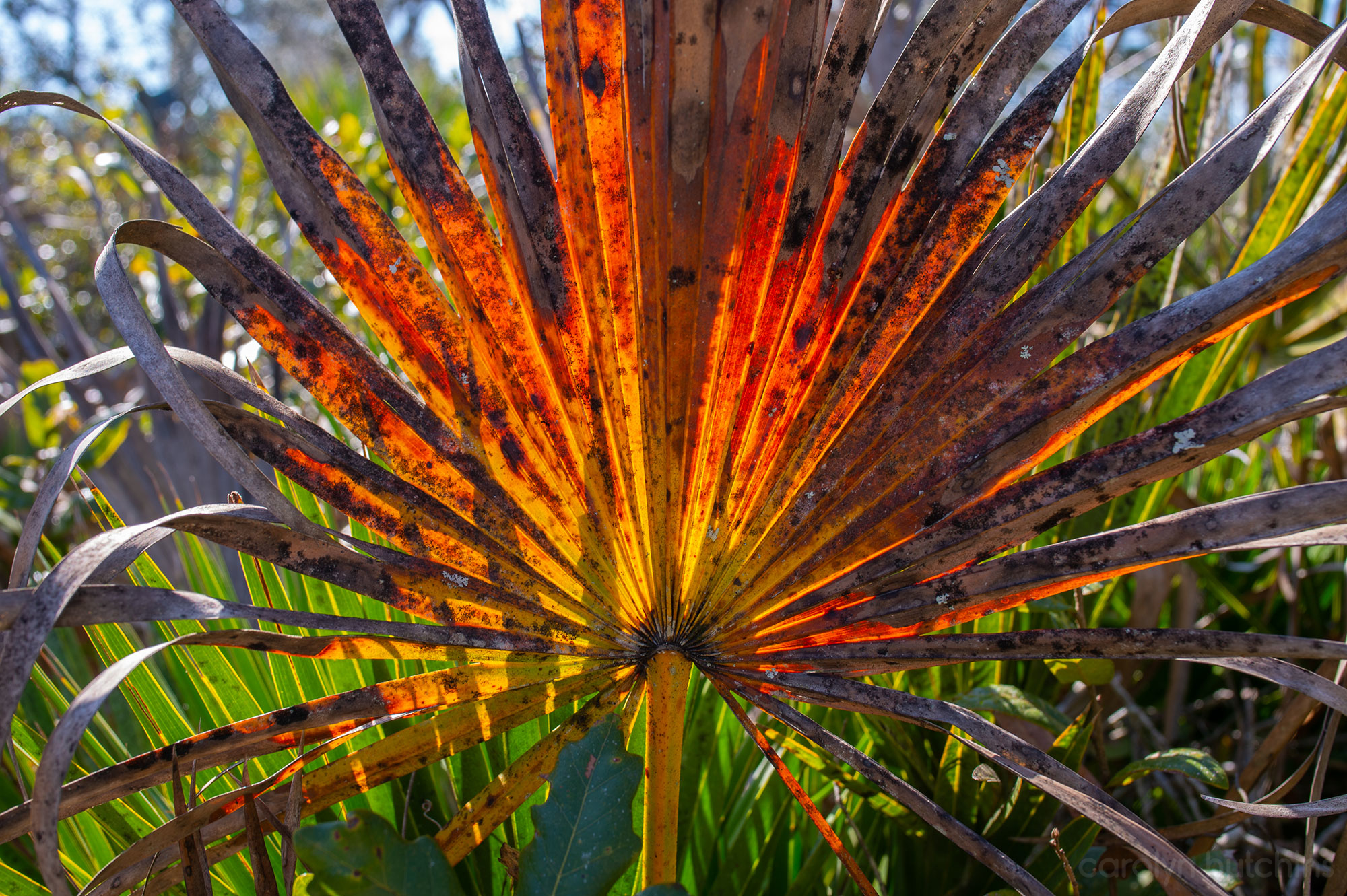Hey! Let’s talk about something new, Infrared!
Like many people, in 2020, I had a great deal of quality time with the internet. Much of that was spent trying to learn more about photography. Including the idea of creating infrared based images, something I have long been fascinated but intimidated by. And now, I am about to embark upon this undertaking for myself. So in the interest in learning something new, and possibly helping help anyone else who may be thinking of the same, here’s a few thoughts about what I have discovered so far.
So, what exactly is Infrared (IR) photography?
Let’s explore the science behind it. First, let’s talk about light, shall we? We all already know that light travels via waves. What we, as humans, perceive with our eyes are wavelengths from about 400 to 700 nanometers. This set of wavelengths is known as the visible spectrum. Now, just a bit further outside the visible spectrum there exist other types of light waves that human eyes cannot perceive. On one side, is Ultra Violet, and on the other is Near Infrared, plus several others.
Now, most camera sensors and film are built for the purpose of recording light on the visible spectrum, because that’s how people will see it when they look at the photographs. But we can capture more. However, in order to see more, we must have the equipment to do so. There are a myriad of ways to accomplish this by using cameras that are converted to capture these additional wavelengths. Now we are getting to the fun part.

Camera Choices
Before digital sensors were used in photography, IR light was recorded by using specialty film. As technology advanced, film was replaced with digital sensors in a variety of sizes. Full frame, APS-C, micro four thirds, and medium format are among the most popular and well known. Each had it’s own merits and drawbacks (however that is an entirely different conversation). These merits will largely be consistent throughout visible light and IR photography. But the bottom line is, just about any camera one prefers to shoot with can be modified to record additional wavelengths.
Types of Conversions
There are multiple ways of converting a camera. While there are several companies that offer this service, Kolari and LifePixel are the industry standards (at least in the U.S.), and they have very creative options available. Or you can do it yourself should you feel comfortable doing so. Most of the options involve converting a camera to read a specific section of the near infrared spectrum, say 550 NM, 720 NM, or 850 NM. But another possibility is to convert a camera to record everything from UV to IR, in what’s known as a full spectrum conversion. The drawback to the latter is that this type of converted camera will require filters when shooting.
Lenses
Not all lenses will work in harmony with both visible and IR light. Something of importance to note, is that different wavelengths of light have different focal points. When you get way down to the knitty gritty; Red, Green, and Blue light all focus at different points, and we can already see evidence of this in chromatic aberrations. Thankfully, most modern lenses are able to correct for this in a majority of situations. What this means, is that UV, visible light, and several wavelengths of IR will all focus differently. This can make it difficult to sharply focus on a subject despite using autofocus. As a result of this, on some older lenses there are a set of numbers printed in red on the side. These will be the IR focus points as compared to those of visible light. Next time you visit your local camera shop, take a look at some of the vintage lenses. Another common problem seems to be finding discolored “hot spots” in the center of images, with trial and error on your individual system being the best way to figure it out. But there are some helpful lists out there from people who have already done that with a variety of lens/camera combinations.

Why Infrared?
I am always looking for ways to challenge myself. By learning and practicing something new as often as we can, it helps us to grow as artists. And to be honest, I am absolutely fascinated by the science behind it. In the end, I chose a Nikon Zfc with a full spectrum conversion. I chose this camera model for a couple of reasons. First and foremost, I did not wish to break the bank (as much fun as it sounds, I will not be shooting on a Z9 any time soon). But it happens to be mirrorless, so this will make focusing significantly easier. Also, after shooting with APS-C cameras for several years, I am very familiar and comfortable with the format. On that same note, I am already familiar with and invested in the Nikon system (both DSLR and mirrorless), so it just makes sense to stay there. So objectively, I knew that I wanted a Nikon mirrorless APS-C camera, and this left me little to choose from. So after considering the limited (2) possibilities, I settled on this particular model. After all, this is an artistic endeavor right? And I don’t mind using filters, so I chose a full spectrum, as I felt as if this would give me more versatility. The first filters I picked up are are a 550 NM and a 850 NM, as these are on far sides of the IR spectrum. Eventually I plan to add more filters to my workflow, as the possibilities are endless, next will probably be UV.
And that’s where I stand right now, with a spiffy new camera that I have yet to shoot a single frame with, but have put a great deal of thought into. But again, these are just a few brief thoughts, and I could be wrong about all of it. By no means do I claim to actually know what I am talking about here. And depending on how well I do with this learning curve, there may be another blog post about actually shooting and/or post processing. In the meantime, I would certainly be interested to hear what other people think about IR photography, whether you are experienced, or just starting out. If you like, send me a message or reach out on socials.
And please note, these are just the most basic of basics, and there is a great deal more detailed information available. Should you wish to go down this rabbit hole, these are some places that I found the most helpful.
Keep creating.

